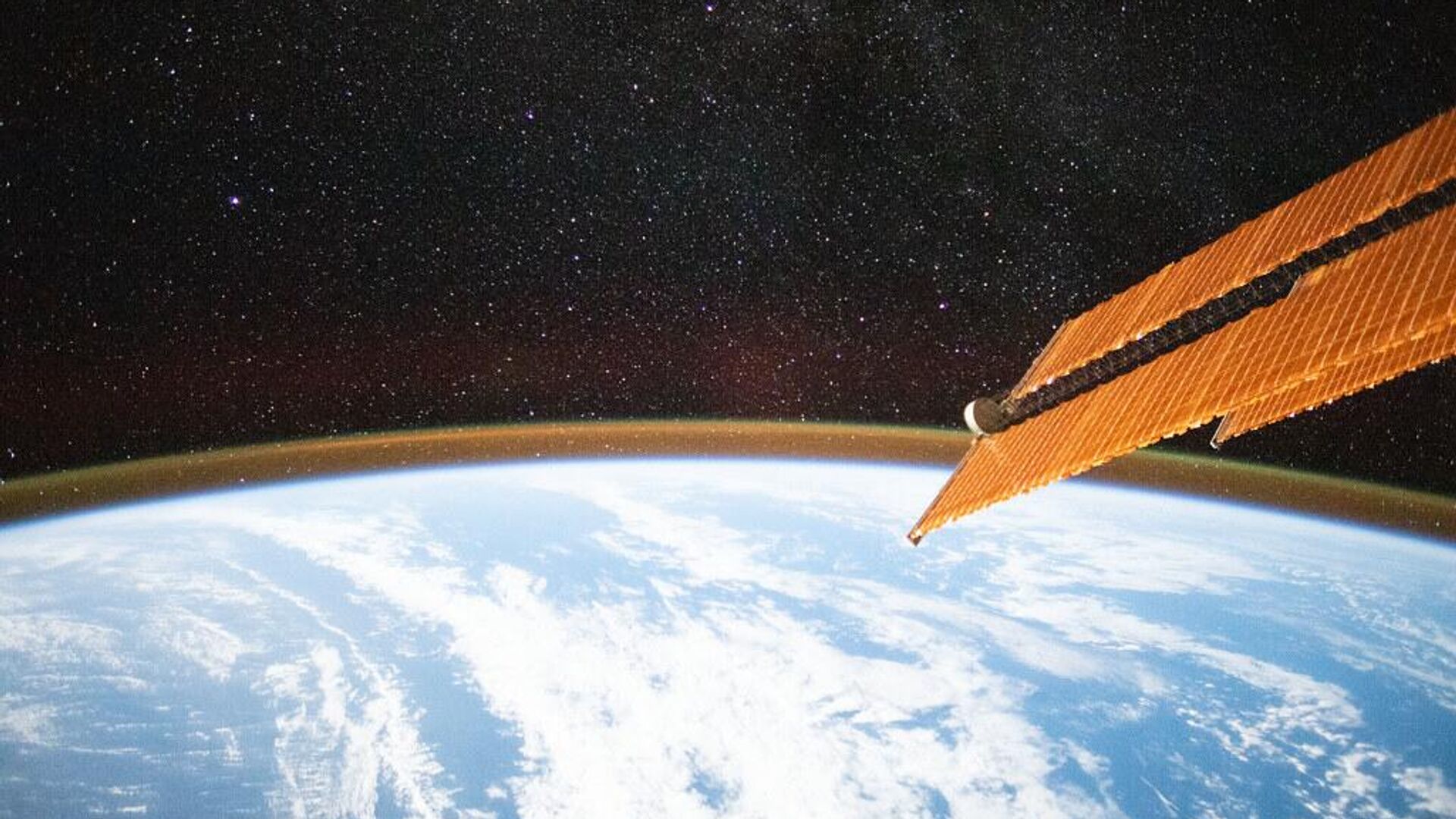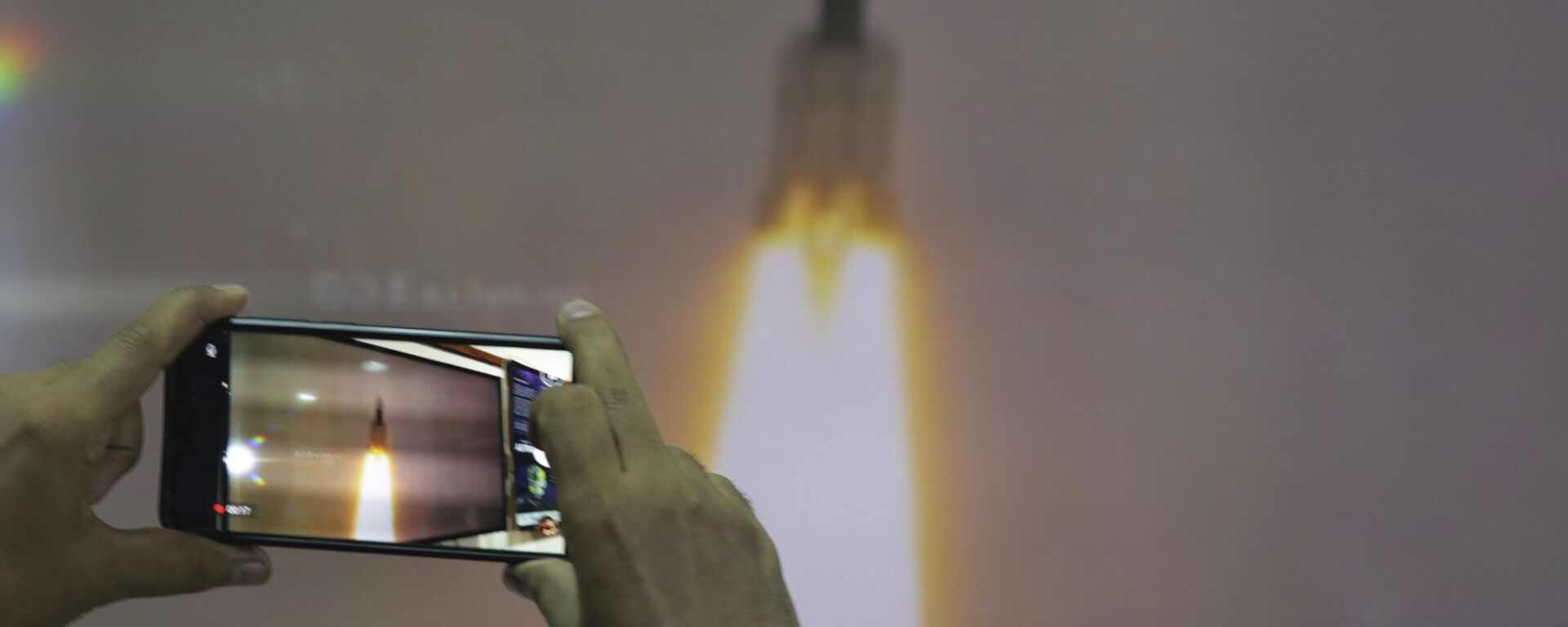Indian Cyber Warfare & Space-Based Operations – Next Frontiers in Conflict
16:43 02.03.2025 (Updated: 18:12 03.03.2025)

© Flickr: NASA Johnson
Subscribe
In 2024, the Indian Army expanded its cyber warfare capabilities, creating specialised cyber defence units and enhancing network security.
The Indian military is developing integrated theatre commands to seamlessly incorporate cyber warfare, in addition to inducting cyber defence tools, reconnaissance drones, and sensor fusion technologies in a bid to bolster its capabilities in this domain, highly placed sources from South Block, the headquarters of the Indian Army, informed Sputnik India on the condition of anonymity.
The Indian Army's operationalisation of cyber defence in 2025 is a multi-tiered transformation, driven by the Ministry of Defence's 'Year of Reforms' initiative and cyber capabilities are now central to military planning at the strategic level, signalling a paradigm shift in warfare priorities, sources stated.
"Operationally, integrated theatre commands are being developed to seamlessly incorporate cyber warfare, supported by specialised cyber units and the AI Center of Excellence at the Military College of Telecommunication Engineering (MCTE), Mhow. On the tactical front, AI-driven reconnaissance drones, sensor fusion technologies, and cyber defence tools like MShield 2.0 and SAMA are enhancing real-time threat mitigation," sources highlighted.
Additionally, advanced technologies such as quantum computing, blockchain for secure communications, and AI-powered systems for offensive cyber operations are being leveraged. This holistic approach highlights the Army's focus on cyber resilience, intelligence superiority, and readiness for future battlefield challenges, people familiar with the matter underscored.
Space-based surveillance and satellite-powered military communication are revolutionising the Indian Army's strategic advantage by delivering unparalleled situational awareness, secure communications, and rapid decision-making capabilities, sources emphasised.
For instance, the Space-Based Surveillance-III programme, with its fleet of AI-enabled satellites in Low Earth and Geostationary Orbits, provides real-time intelligence on adversaries' military activities, making concealment of assets exceedingly difficult.
Simultaneously, the Sanjay Battlefield Surveillance System (an automated battlefield surveillance system) integrates data from diverse sensors to create a unified operational picture, boosting battlefield transparency.
"On the communication front, the Defence Space Agency's integrated satellite communication grid, coupled with secure Mobile Secure Satellite Terminals (MSSTs) and the upcoming GSAT-7B satellite, ensures resilient, interceptor-proof communication for troops, even in remote areas," sources asserted.
These advancements not only enhance border surveillance and force mobility but also significantly reduce dependence on foreign technologies, bolstering India's indigenous space-based defence ecosystem. Together, they serve as critical force multipliers, ensuring that the Army remains agile, informed, and strategically superior in the evolving battlespace.
Space is the new battle high ground and Indian Army is cognizant of this reality. Accordingly, it is looking at deploying assets as part of the 52 satellites that are planned to be launched very shortly for positioning, navigation, and tracking purposes, reckoned Lieutenant General (Retd) Dushyant Singh, Director General of the Centre for Land Warfare Studies (CLAWS), a military think tank in New Delhi.
The 52 satellites are low earth orbit. The redundancy in communications is also going to be built through a combination of Geostationary Earth Orbit (GEO), Medium Earth Orbit (MEO), and Low Earth Orbit (LEO) satellites, he underlined.
Moreover, in order to cater to rapidly changing operational requirements during operations, capability to launch satellites on demand is another area where India is focussing in a big way, Singh elucidated.
"It is also actively leveraging the existing resources in space for Intelligence, surveillance and reconnaissance. There are three Indian military satellites and about 89 dual use satellites that are being utilised for this. To steer this effort, a Defence Cyber Agency (DCyA) has been established under the Integrated Defence Staff Headquarters (HQIDS). The three services are keying in to the overall capability development effort at national level in Cyber domain in synergy with the DCyA. Over and above that, the DG Indian Space Association (ISpA) is leveraging the private space defence industry to boost the military requirement," he stressed.
In addition, space assets are being used for weather forecasting which is very essential for military operations, the Indian Army veteran suggested.
Singh pointed out that the Indian NAVIC is also being strengthened to provide secure navigation and avoid the repeat of the withdrawal of GPS cover during the Kargil War.
For the uninitiated, the Army is pursuing cyber security efforts at multiple levels, namely tactical, operational, and strategic.
"From the deployment of state-of-the-art Electronic Warfare platforms to training and spreading awareness amongst the human resource forms part of this effort under the Corps of Signal. To usher in quality in combating cyber threats, the Army has established a Centre of Excellence as it works in close cooperation with other national-level cyber security agencies. These efforts at the national level are guided by the National Cyber Security Advisor. In fact, the current and the previous National Cyber Security Advisors have all been from the Corps of Signals of the Indian Army," they concluded.


